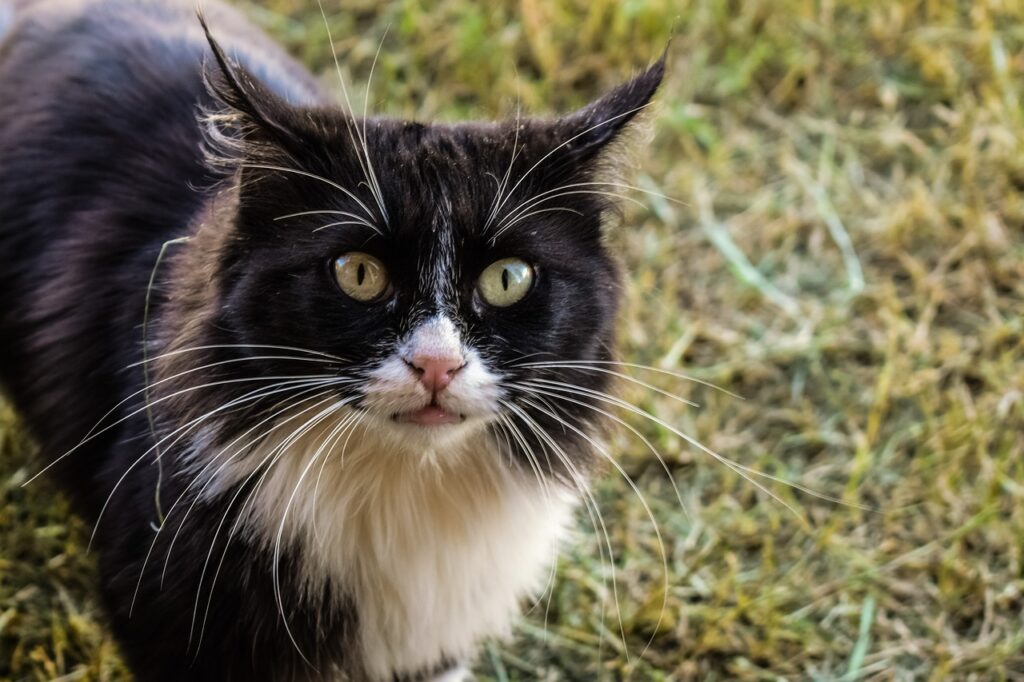Helping a stray or feral cat requires patience, compassion, and an understanding of their unique needs. Here are some steps you can take to assist stray and feral cats:
Approach with Caution
Stray or feral cats may be scared or wary of humans. Approach slowly and quietly, avoiding sudden movements or loud noises. Give them space and time to assess you.
Provide Food and Water
Place food and fresh water in a quiet area near where the cat is often seen. Use sturdy bowls that won’t tip over easily. Wet cat food or dry food softened with water is preferable for strays, as it provides hydration as well.
Create a Safe Shelter
Cats need a safe place to seek shelter from the elements. Provide a cozy, insulated shelter in a quiet spot, preferably elevated to protect them from predators. There are many DIY options available online, or you can purchase ready-made cat shelters.
Gain Trust Gradually
Building trust takes time, especially with feral cats. Sit or lie down near the feeding area to show you mean no harm. Speak softly and avoid direct eye contact. Over time, the cat may become more comfortable around you.
Consult with Local Organizations
Reach out to local animal welfare organizations, such as animal shelters, rescue groups, or TNR (Trap-Neuter-Return) programs. They can provide advice, guidance, and potentially assist with trapping and spaying/neutering the cat.
Trap, Neuter, and Release (TNR)
If the cat is feral, it’s essential to have them spayed or neutered to prevent further reproduction and reduce population growth. Contact a local TNR program or animal organization that offers trapping services. They can provide traps and help you safely capture the cat.
Provide Ongoing Care
Once the cat is trapped and neutered, you can release them back to their original location if it’s safe and suitable. Continue providing food, water, and monitoring their well-being. Over time, some cats may become more social and might be eligible for adoption.
Remember: Every cat is unique, and some may require more time and effort to gain their trust. If the cat shows signs of illness or injury, contact a veterinarian or animal welfare organization for further assistance. Check out the he Humane Society of the United States.

